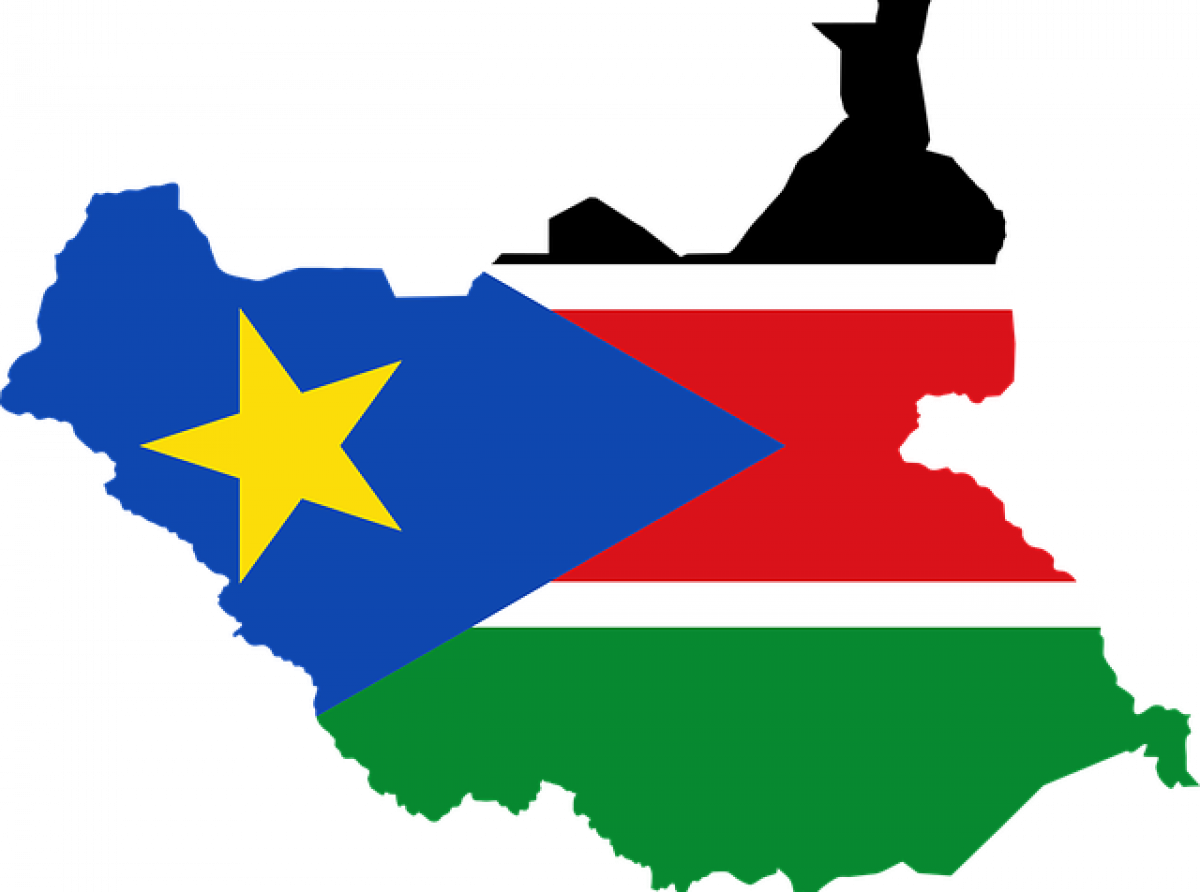The last six decades of the history of what was formerly the Southern Sudan region, now officially called the Republic of South Sudan, have been characterised by conflicts and the concomitant displacement of people and influx of refugees into neighbouring countries and beyond. The Southern Sudan region was a battleground for multiple rounds of civil war. A federal or federal-type arrangement was proposed as the appropriate institutional response for dealing with the civil war, but rebuffed by those at the helm of the political affairs of Sudan. South Sudan became an independent state following an internationally supervised referendum on 11 July 2011. However, barely less than two years after the declaration of independence, South Sudan was once again embroiled in civil war. One of the fundamental causes was the split within the governing SPLM, the ruling party of South Sudan, over what kind of system of governance South Sudan should follow. The civil war has for now ceased, thanks to several rounds of peace talks and extremely shaky peace agreements, which were signed in 2015 and 2018 under the auspices of the Inter-Governmental Authority on Development (IGAD). In the process of peace negotiation, the establishment of a federal system in South Sudan has again emerged as an important political and constitutional agenda. This article explores the options on the table regarding the institutional design of the federal system that South Sudan wants and the prospects of the proposed federal system in resolving the conflict in South Sudan.
ISSN: 2036-5438





